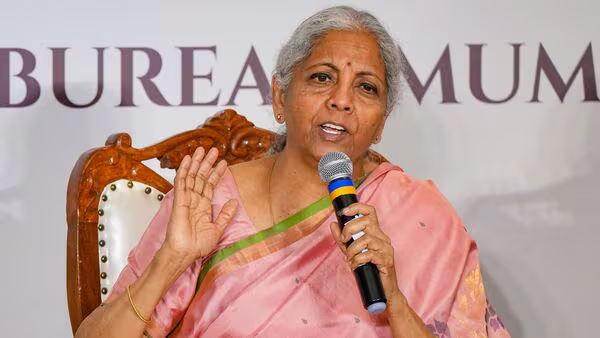One State One RRB: What the New Rural Banking Reform Means for 11 States
Introduction:
A Major Step in Banking Consolidation
Starting May 1, the One State One RRB policy will come into effect across 11 Indian states, marking a significant stride in the country’s ongoing rural banking reform. This policy, backed by the central government and regulated by NABARD, aims to consolidate Regional Rural Banks (RRBs) in each state into a single entity to enhance efficiency, governance, and service delivery.
The reform follows the success of past banking mergers and is intended to streamline operations, improve financial inclusion, and provide a stronger platform for digital and agricultural lending. But what exactly is changing, and how will it impact the people, especially in rural India?
What Is One State One RRB?
H3: The Core Idea
The One State One RRB concept involves merging all Regional Rural Banks operating within a single state into one consolidated RRB. This will reduce operational overlaps, unify policies, and allow better resource allocation.
States Affected in Phase 1
The policy is initially being implemented in 11 states, including:
- Uttar Pradesh
- Bihar
- Odisha
- Jharkhand
- Chhattisgarh
- Madhya Pradesh
- Maharashtra
- Andhra Pradesh
- Tamil Nadu
- Telangana
- Karnataka
These states have multiple RRBs currently operating, and the merger will help streamline their functioning.
Implementation Body
NABARD is the key implementing agency, working with the Ministry of Finance and state governments to ensure a smooth transition and regulatory compliance.

Why Is This Reform Important?
Enhancing Rural Credit Delivery
One of the major goals is to improve the credit flow to rural sectors, including farmers, MSMEs, and low-income households. A unified RRB structure allows better monitoring, quicker decision-making, and a standard approach to lending.
Boosting Technology Adoption
Merged RRBs are expected to adopt uniform core banking solutions and expand digital banking services. This is vital for rural areas where access to banking is still limited.
Reducing Operational Inefficiencies
By cutting down duplication of resources—like branches, manpower, and systems—the One State One RRB policy is expected to improve profitability and service quality.
Better Governance and Monitoring
With fewer entities to monitor, both central and state governments can better track financial health, policy execution, and compliance in rural banking institutions.
How Will It Impact Stakeholders?
For Customers
Customers may initially experience minor disruptions during the transition. However, in the long term, they can expect:
- Better loan processing
- Unified grievance redressal systems
- Expanded product offerings
- Enhanced digital banking access
For Employees
No layoffs are expected, but roles and responsibilities may shift to fit the unified structure. Training and skill development programs will be rolled out to assist staff in adapting.
For the Banking System
This move will make RRBs financially stronger and more competitive, encouraging innovation and improved asset quality.
Challenges and Concerns
Integration Hurdles
Merging different banks means aligning IT systems, cultures, and policies—this could take time and cause temporary disruptions.
Resistance to Change
Some state-level stakeholders and unions may resist the change, citing fears of reduced autonomy and regional representation.
Financial Restructuring Needs
Some RRBs are financially weaker than others, and merging them could initially burden the stronger entities unless there’s adequate central support.
Conclusion:
One State One RRB – A Reform to Watch
The One State One RRB initiative is a bold move toward unifying rural banking under a single, efficient umbrella per state. With the right implementation and support, it could unlock immense potential for financial inclusion and rural development.
As the May 1 rollout nears, all eyes are on how well the transitions will be handled. If executed successfully, this reform could become a model for broader financial consolidation and rural outreach across India’s banking sector.
Dont miss out:
Gold Price Drop India: Why It’s Falling Fast & What It Means
Discover more from The CutShort News
Subscribe to get the latest posts sent to your email.



